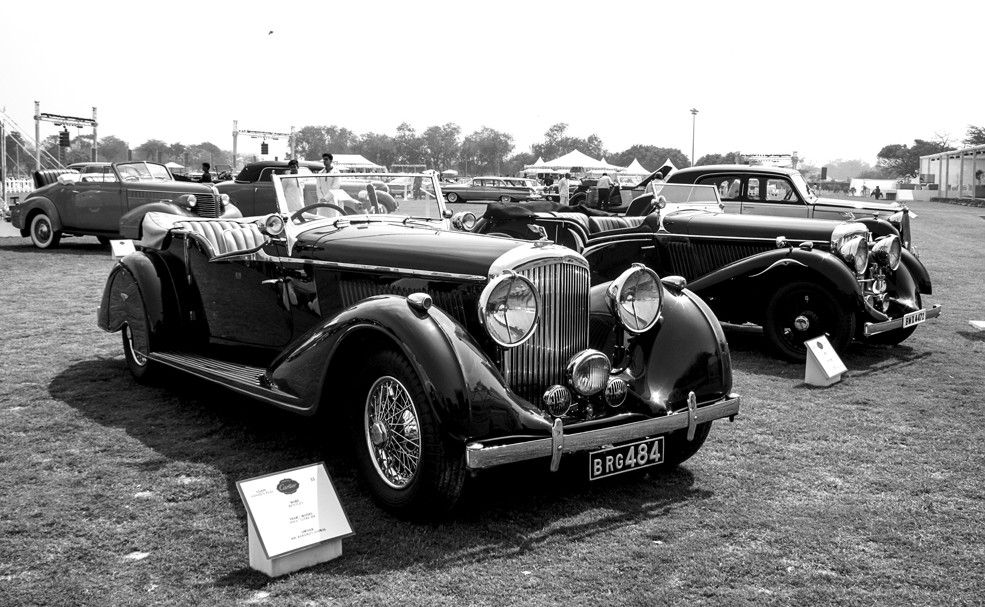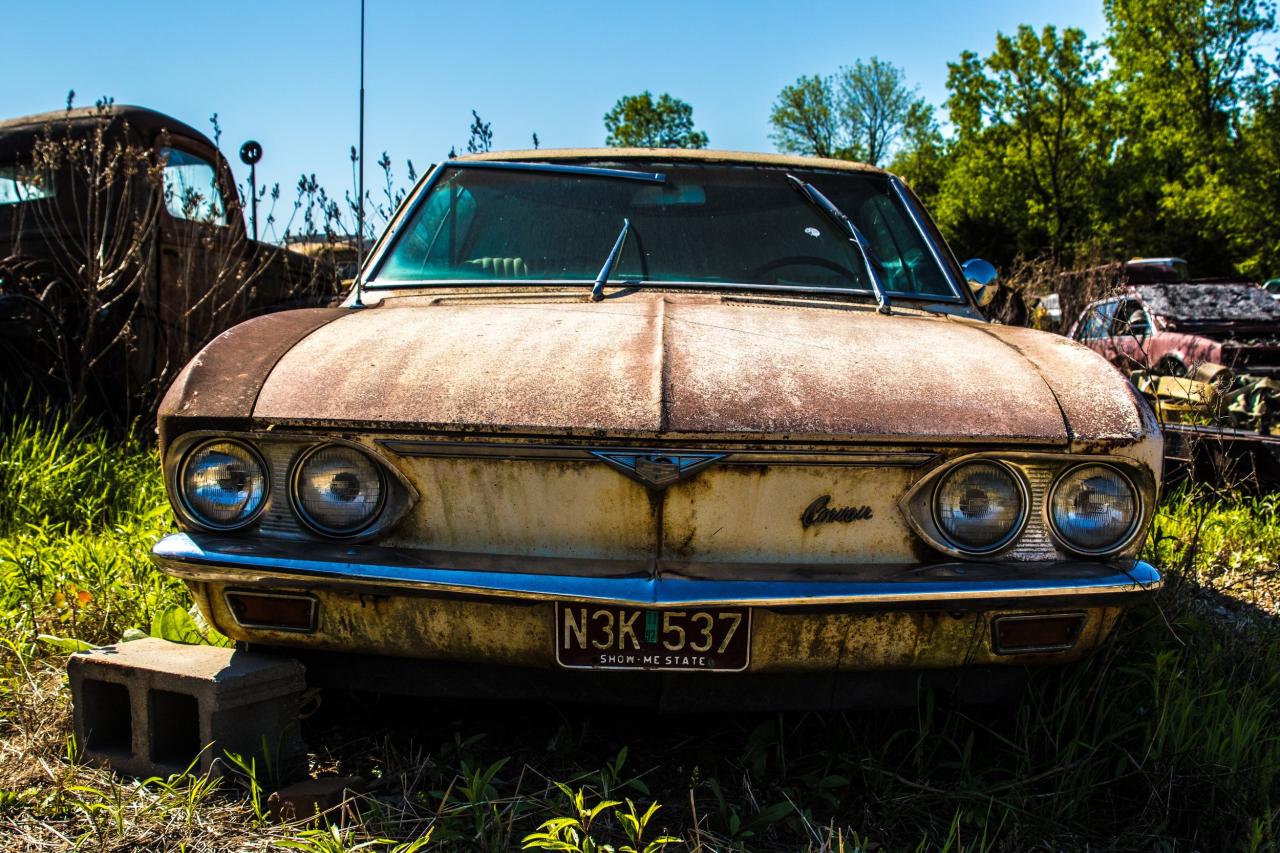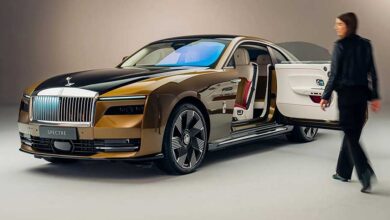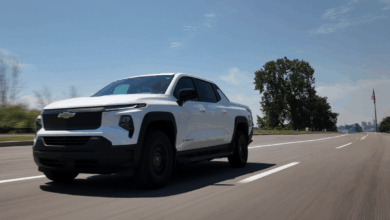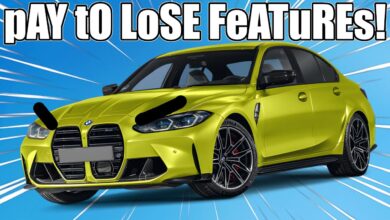Your Old Car Just Became Gold
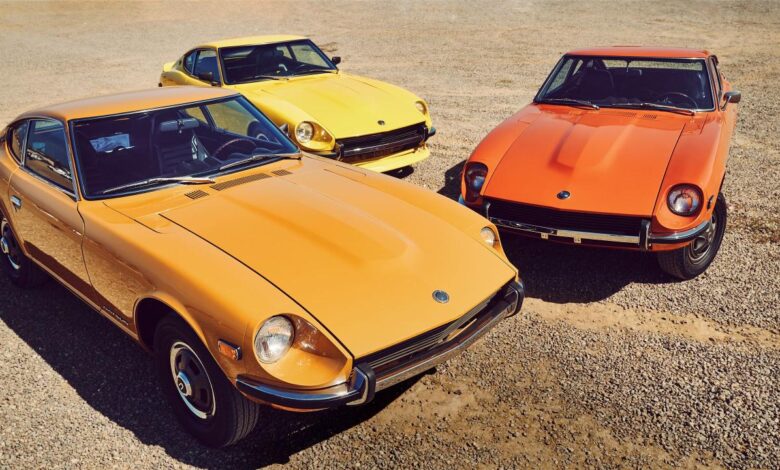
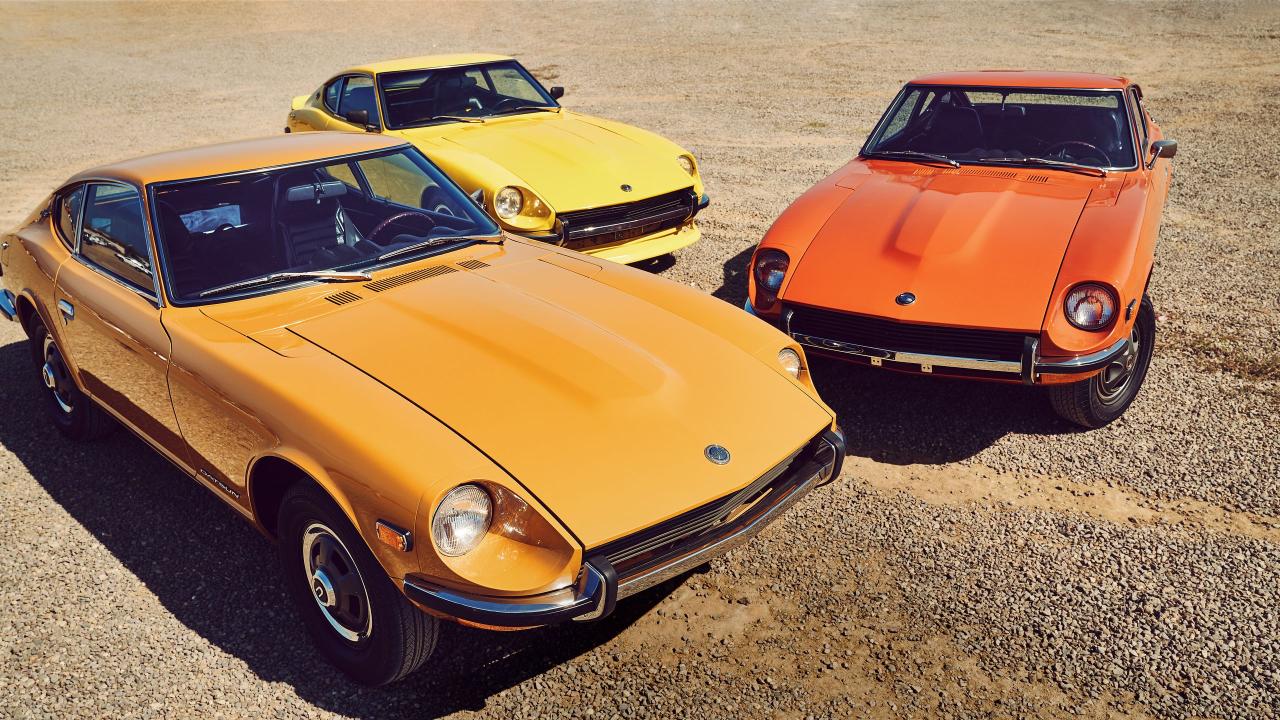
For decades, the lifecycle of a car was predictable. You bought it new, enjoyed its prime years, and watched its value steadily decline until it became a “beater” worth little more than scrap metal. That entire paradigm has been shattered. If you are the owner of a vehicle that is five, ten, or even fifteen years old, you are likely sitting on an asset that has dramatically appreciated in value, defying all traditional automotive depreciation curves. The used car you once considered nearly worthless has, in the current economic climate, transformed into a highly sought-after commodity—a form of “gold” in your driveway. This comprehensive guide will deconstruct the perfect storm of global events that created this unprecedented market, identify which vehicles have become the most valuable, and provide a strategic roadmap for owners to capitalize on this unique moment, whether they decide to sell, hold, or invest in their aging asset.
A. The Unprecedented Value Surge: Why Your Old Car is Now an Asset
The astronomical rise in used car values is not a random fluke. It is the direct result of a complex interplay of macroeconomic forces, supply chain disruptions, and profound shifts in consumer behavior that have converged to create a seller’s market of historic proportions.
A. The New Car Production Crisis and Its Ripple Effects
The root cause of the used car boom lies in the crippling shortage of new vehicles.
-
The Semiconductor Chip Shortage: Modern vehicles rely on hundreds, sometimes thousands, of microchips to operate everything from engine management systems to infotainment screens. The COVID-19 pandemic caused a massive disruption in the global supply chain for these semiconductors. As new car production lines ground to a halt, the supply of new vehicles plummeted. With fewer new cars on dealer lots, millions of consumers were funneled into the used car market, creating an intense surge in demand.
-
Ongoing Supply Chain Disruptions: Beyond chips, issues with the availability of everything from wiring harnesses to interior foams and metals have continued to hamper automakers’ ability to meet pre-pandemic production levels. This has created a persistent deficit of new vehicle inventory, ensuring sustained pressure on the used market.
B. The Inflationary Spiral and Shifting Consumer Priorities
Economic pressures have fundamentally altered how people view and purchase vehicles.
-
The Flight to Value and Certainty: In an uncertain economy with rising inflation, consumers become more pragmatic. The premium for a brand-new car with the latest features becomes harder to justify when a well-maintained, 5-year-old model offers similar transportation at a significantly lower cost. This flight to value has poured gasoline on the already hot used car market.
-
The “Known Quantity” Advantage: A used car with a service history is a known entity. In contrast, buying a new car in today’s market often involves long waitlists, mandatory expensive add-ons, and paying at or above the Manufacturer’s Suggested Retail Price (MSRP). The predictability and immediacy of the used car purchase have become major selling points.
C. The Work-from-Home Effect and the Second Car Phenomenon
The massive shift to remote work created new and unexpected automotive needs.
-
The Need for a “Backup” Vehicle: Families that previously managed with one car found they needed a second or third vehicle to handle local errands, shuttle children, or simply provide flexibility when both adults were no longer commuting by train or bus. This surge in demand for secondary, often older, and more affordable cars further tightened the supply of used vehicles.
-
The Reallocation of Disposable Income: Many households saved significant money by not commuting, paying for parking, or buying lunches. This freed-up capital was often used to pay down debt or, in some cases, to purchase a used vehicle for the household.
B. The New Kings of the Road: Vehicle Categories Defying Depreciation
While nearly the entire used car market has seen appreciation, certain categories have experienced truly meteoric rises in value, becoming the modern-day equivalent of collector’s items for the everyday driver.
A. The Last of the “Analog” Sports Cars
Enthusiasts are scrambling to acquire the last generation of sports cars before they were transformed by turbocharging, hybridization, and complex electronics. These analog drivers’ cars are celebrated for their raw, unfiltered driving experience.
-
Examples: The Toyota 86/Subaru BRZ (first generation), Mazda MX-5 Miata (NC and ND generations), Nissan 370Z, and the Chevrolet Corvette (C6 and C7). Their simple naturally aspirated engines, manual transmissions, and hydraulic or well-tuned electric power steering are now seen as a dying breed, causing their values to soar.
-
The “Future Classic” Phenomenon: Cars like the Honda S2000 and the manual-transmission Toyota Supra are already seeing six-figure sale prices, demonstrating how 10-20 year-old sports cars can become blue-chip investments.
B. The Indestructible Daily Driver: Simple and Reliable Icons
In a world of complex and expensive-to-repair modern vehicles, the appeal of a simple, reliable, and mechanically robust car is stronger than ever.
-
The Toyota and Honda Tax: Models like the Toyota Camry, Corolla, Honda Civic, and Accord, particularly from the early 2000s to mid-2010s, are renowned for their legendary reliability and low cost of ownership. Their values have not just held; they have increased. A clean, low-mileage example can now sell for a surprisingly high percentage of its original MSRP.
-
The Body-on-Frame SUV Resurgence: Vintage Toyota 4Runners, Land Cruisers, and Lexus GX 470s are experiencing a cult-like following. Their rugged, truck-based construction, proven off-road capability, and unparalleled longevity make them highly desirable for adventurers and families alike, commanding prices that their original owners would find unbelievable.
C. The Practical and Affordable Pickup Truck
The humble pickup truck has become a goldmine. Even basic, work-spec models are now incredibly valuable.
-
The “Small Truck” Revival: Compact trucks like the Toyota Tacoma and the older Ford Ranger are almost immune to depreciation. Their perfect blend of utility, size, and reliability makes them ideal for a huge range of buyers, from tradespeople to urban dwellers. A ten-year-old Tacoma with 100,000 miles can easily sell for over half its original new price.
-
Full-Size Truck Mania: Models like the Ford F-150, Chevrolet Silverado, and Ram 1500 are the backbone of the American vehicle market. Their strong residual value has been amplified by the current crisis, making any well-kept example a highly liquid asset.
C. The Strategic Owner’s Playbook: Sell, Hold, or Invest?
As the owner of an appreciating used car, you are now in a position of power. Your decision on what to do next should be a strategic one, based on your personal circumstances and the specific vehicle you own.
A. The Case for Cashing Out: Selling at the Peak
If you have been considering upgrading or simply want to capitalize on the high market, now may be the ideal time to sell.
-
Maximize Your Return: List your vehicle on multiple platforms: Facebook Marketplace, Craigslist, and specialized sites like Bring a Trailer (for enthusiast models). The private party sale will typically yield the highest return.
-
Understand the Tax Advantage: In the United States, if you sell a personal vehicle for more than you paid for it, that profit is generally not considered a capital gain and is therefore not taxable. You get to keep 100% of the windfall.
-
The Trade-In Temptation: While trading in is convenient, dealers must build in a profit margin. You will likely get thousands less than from a private sale. Get a trade-in quote from CarMax or Carvana as a baseline, but use it as leverage rather than your first option.
B. The Case for Holding: Fortifying Your Asset
If you don’t have a pressing need to sell, holding onto your vehicle can be a wise financial move.
-
Perform Deferred Maintenance: Now is the time to invest in your asset. Replace worn tires, perform a full fluid flush (coolant, transmission, brake), address any minor mechanical issues, and have the interior professionally detailed. A well-maintained vehicle will not only be more reliable but will also command a much higher price when you do decide to sell.
-
Protect Your Investment: If you have the space, consider storing the vehicle in a garage to protect it from the elements. Use a high-quality car cover and a battery tender if it will be sitting for extended periods. For daily drivers, regular washing and waxing are crucial to preserve the paint and prevent rust.
C. The Case for Strategic Investment: The “Restomod” Opportunity
For owners of particularly desirable models, investing more money into the vehicle can actually increase its value beyond the cost of the upgrades.
-
OEM+ Modifications: Focus on upgrades that enhance reliability, performance, and aesthetics without deviating too far from the factory spirit. This can include high-quality suspension kits, modern audio systems with original-looking head units, and professional paint correction and ceramic coating.
-
Document Everything: Keep a meticulous record of all services, repairs, and upgrades. A well-documented history is incredibly valuable to the next owner and substantiates your asking price.
D. Navigating the Pitfalls: Challenges in the Current Market
This golden era for sellers comes with its own set of challenges and risks that must be carefully managed.
A. The Replacement Conundrum
Selling your old car for a great price is only half the battle. You then face the same inflated market as a buyer. Before you list your vehicle, research what it will cost to replace it with a newer or different model. You may find that the financial gain from the sale is entirely erased by the premium you’ll have to pay for your next car.
B. The Rising Cost of Ownership for Older Vehicles
As your car ages, even if its market value is high, the costs of maintenance and repairs will inevitably increase.
-
Parts Availability: For cars that are 15-20 years old, finding certain new OEM parts can become difficult and expensive.
-
Insurance Complications: While standard insurance will cover the vehicle, if it is a classic or enthusiast model that has appreciated significantly, you may be underinsured in the event of a total loss. Consider specialty “agreed value” insurance policies for valuable older vehicles.
C. The Market Correction Question
No market boom lasts forever. While a severe crash is unlikely, a gradual correction is inevitable as new car production eventually recovers. The current high values represent a potential peak. Selling now locks in your profit, while holding carries the risk that values may soften in the coming years.
Conclusion: Seize the Moment with Knowledge and Strategy
The phenomenon of the appreciating used car is a once-in-a-generation event that has turned conventional automotive wisdom on its head. Your old car is no longer a depreciating liability but a valuable asset that deserves strategic consideration. By understanding the powerful economic forces at play, accurately assessing your vehicle’s place in the market, and carefully weighing the options of selling, holding, or investing, you can make a fully informed decision that maximizes your financial benefit. Whether you choose to cash in on this unique moment or double down on maintaining your suddenly precious daily driver, one thing is clear: the keys in your pocket are worth more today than anyone could have predicted. It’s time to start thinking of your driveway not just as a parking spot, but as a garage for your newfound gold.
Tags: used car value, car appreciation, selling old car, used car market, car depreciation, Toyota value, classic car investment, used truck prices, car selling tips, automotive trends
Category: Automotive

